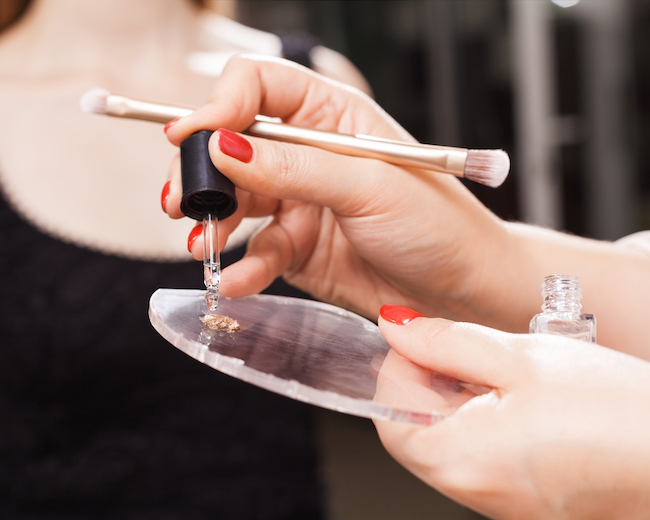How to choose and use a primer
Picking a makeup primer can be daunting, but the perfect product is worth it! Learn how to choose your primer based on your skin type and the effect you want.
When it comes to choosing a primer, things can start to feel tricky because there are so many different types to choose from. If you’ve used one before that wasn’t right for your concern or the right formula for your skin type (yep, that’s a thing), you might even think they’re an unnecessary step. When you meet your perfect match, however, you’ll find they’re definitely worth the hype.
Primers for dry skin
The most popular primer on the beauty block is still one that contains a fair amount of silicone. They blur the look of fine lines and pores and give your skin a slightly silky texture that allows your foundation to glide on easily. Their packaging will typically refer to them as being “light-diffusing”, “smoothing”, “mattifying” or “anti-ageing” and they’re a great pick for anyone with normal to dry skin.
Primers for oily skin
While silicone-based primers are fabulous, people with combination or oily skin types might find that silicone-heavy primers, even those that initially mattify, make your skin look or feel greasy after a few hours as they start to mix with the oil produced by your face. In this case, makeup artist Ryno Mulder says you’d be better off with a water-based primer.
These can also mattify and blur but tend to use powders instead of silicone – or simply not as much silicone. They also do a better job of giving your foundation something to cling to, increasing its wear time. Also, don’t consider a hydrating primer as an option for dry-skinned people only. “If you have oily skin and choose a sufficiently emollient primer, you probably won’t need to apply a moisturiser too. Simply put the primer on your cleansed face and then apply your foundation thereafter,” Ryno says.
Primers for colour correction
“While using the right primer can help make your foundation appear more natural and more skin-like, those that are tinted can also camouflage particular skin issues,” says Ryno. “For example, a green primer can neutralise redness, a peach primer brightens dark spots and an illuminating primer contains shimmering pigments that create that lit-from-within glow.”
IMAGE CREDIT: shutterstock.com

